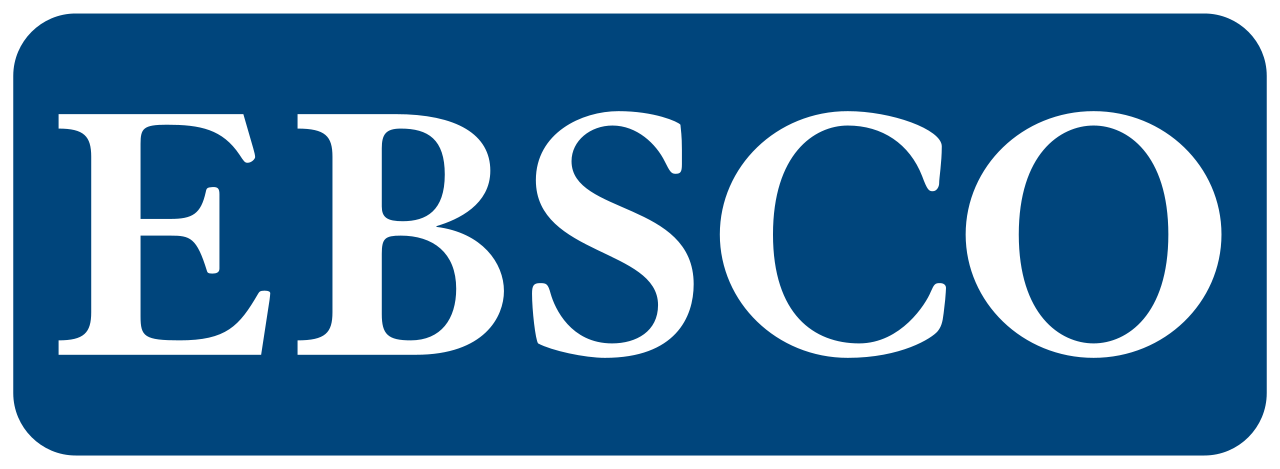Effect of Salinity Differences on Phytoplankton Density (Skeletonema costatum)
DOI:
https://doi.org/10.57096/edunity.v2i6.123Keywords:
Density, Salinity, Skeletonema costatumAbstract
This study aims to determine the effect of differences in salinity on the density of phytoplankton (Skeletonema costatum). The method in this study used a completely randomized design with 4 treatments and 3 replications. The parameters tested included the density rate of Skeletonema costatum. Data analysis uses One Way Anova to see the significance of the influence of treatment on the density of Skeletonema costatum and the density results of Skeletonema Costatum was analyzed descriptively. The highest average density of Skeletonema costatum was obtained at a salinity of 30 ppt (90,000 cells/ml), followed by a salinity of 25 ppt (Control) at (42,500 cells/ml), then a salinity of 20 ppt at (37,500 cells/ml) and the lowest at salinity 15 ppt of (32,500 cells/ml). Based on the ANOVA test, salinity had a significant effect on the density of Skeletonema costatum (P<0.05) with the best treatment being 30 ppt salinity. The results of analysis of Skeletonema costatum, a salinity of 30 ppt obtained the highest density
References
Arbit, N. I. S. (2021). Kepadatan Skeletonema costatum Pada pH yang Berbeda. SIGANUS: Journal of Fisheries and Marine Science, 2(2), 126–134. G
Barus, T. A. (2004). Pengantar limnologi studi tentang ekosistem air daratan. Medan: USU press.
Effendi, H. (2003). Telaah kualitas air bagi pengelolaan sumberdaya dan lingkungan perairan.
Hasim, H., Akram, M., & Koniyo, Y. (2022). Kinerja Kepadatan Spirulina Sp. yang diberi Salinitas Berbeda pada Meda Kultur Walne: Kepadatan Spirulina pada Salinitas berbeda. Jurnal Sumberdaya Akuatik Indopasifik, 6(2), 141–152.
Kadim, M. K., Pasisingi, N., & Paramata, A. R. (2017). Kajian kualitas perairan Teluk Gorontalo dengan menggunakan metode STORET. Depik, 6(3), 235–241.
Mudlofdar, F., Hutagalung, R. A., & Salim, R. (2021). Pengaruh Perbedaan Jenis Pakan Alami Terhadap Pertumbuhan Dan Kelangsungan Hidup Larva Ikan Baung (Hemibagrus nemurus). The Effect of Differences of Live Feed on The Growth And Survival of Redtail Catfish (Hemibagrus Nemurus) Larvae. Journal of Aquaculture, 6(1), 48–57.
Muhsoni, F. F. (2021). Laju Pertumbuhan dan Kelangsungan Hidup Ikan Nila (Oreochromis niloticus) pada Salinitas yang Berbeda. Juvenil: Jurnal Ilmiah Kelautan Dan Perikanan, 2(3), 166–175.
Nur, M., & Fitriah, R. (2021). Analisis Kesesuaian Kualitas Air Sungai Dalam Mendukung Kegiatan Budidaya Perikanan di Desa Batetangnga, Kecamatan Binuang, Provinsi Sulawesi Barat. SIGANUS: Journal of Fisheries and Marine Science, 3(1), 171–181.
Putri, T. W. (2023). Antiaging dari Asam Lemak Fitoplankton. Penerbit NEM.
Ratnawati, R., Alimin, I., & Hasan, S. (2022). Evaluation of different types of phytoplankton on the rearing of vannamei shrimp larva (Litopenaues vanamei). Acta Aquatica: Aquatic Sciences Journal, 1(1), 193–200.
Rudiyanti, S. (2011). Pertumbuhan Skeletonema costatum pada berbagai tingkat salinitas media. Jurnal Saintek Perikanan, 6(2), 69–76.
Sambu, A. H., Malik, A., & Selvi, A. (2016). Optimasi pemberian Skeletonema costatum yang dipupuk cairan rumen dengan kepadatan yang berbeda terhadap sintasan larva udang vannamei (Litopenaeus vannamei) stadia zoea sampai mysis. Octopus: Jurnal Ilmu Perikanan, 5(1), 451–455.
Sidaningrat, I., Arthana, I. W., & Suryaningtyas, E. W. (2018). Tingkat kesuburan perairan berdasarkan kelimpahan fitoplankton di Danau Batur, Kintamani, Bali. Jurnal Metamorfosa, 1, 79–84.
Syafruddin, D., Bangs, M. J., Sidik, D., Elyazar, I., Asih, P. B. S., Chan, K., Nurleila, S., Nixon, C., Hendarto, J., & Wahid, I. (2014). Impact of a spatial repellent on malaria incidence in two villages in Sumba, Indonesia. The American Journal of Tropical Medicine and Hygiene, 91(6), 1079.
Waspodo, S., & Setyono, B. D. H. (2020). Analisis pertumbuhan Spirulina sp. dengan kombinasi pupuk yang berbeda. Jurnal Perikanan Unram, 10(2), 123–133.
Published
Issue
Section
License
Copyright (c) 2023 Darmawan sudarman1, Irma Yulia Madjid2*, Fauzia Nur3, Indah rahayu 4, Saharuddin5

This work is licensed under a Creative Commons Attribution-ShareAlike 4.0 International License.
Authors who publish with this journal agree to the following terms:
- Authors retain copyright and grant the journal right of first publication with the work simultaneously licensed under aCreative Commons Attribution-ShareAlike 4.0 International (CC-BY-SA). that allows others to share the work with an acknowledgement of the work's authorship and initial publication in this journal.
- Authors are able to enter into separate, additional contractual arrangements for the non-exclusive distribution of the journal's published version of the work (e.g., post it to an institutional repository or publish it in a book), with an acknowledgement of its initial publication in this journal.
- Authors are permitted and encouraged to post their work online (e.g., in institutional repositories or on their website) prior to and during the submission process, as it can lead to productive exchanges, as well as earlier and greater citation of published work.








